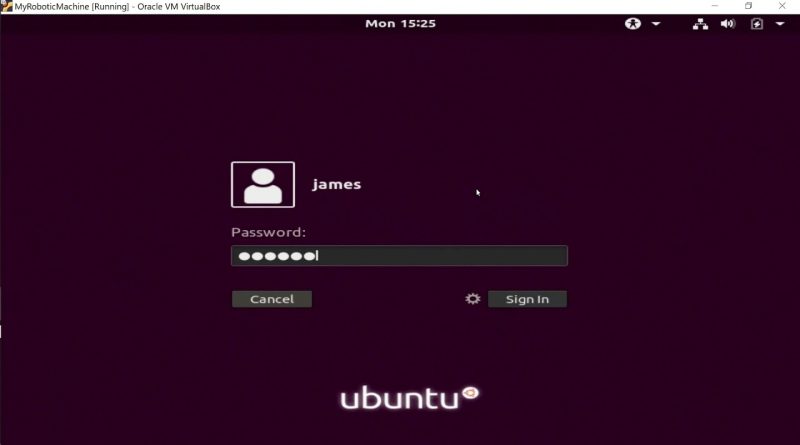

Running Linux inside a virtual environment is all well and good, but if you’re a more seasoned Linux user you may want to replace OS X completely and run just Linux. How to install Linux on a Mac: Replacing OS X/macOS with Linux Click it in the Parallels Desktop Control Center to start using it. Parallels will install Linux inside the virtual environment. Click Location if you want to change it, otherwise just click Continue.

The virtualisation file will be saved in your Users folder by default.

Fill out the Full Name, User Name, Password and Verify Password fields.Highlight Ubuntu Linux (or the one you want to install) and click Continue. Parallels automatically finds all the compatible ISO files on your system.Choose Install Windows or another OS from a DVD or image file.Open Parallels Desktop and choose File > New.Click here if you want to download Ubuntu. Download a Linux distribution file and save it to your Downloads folder.Follow these steps to install Linux on a Mac using Parallels Desktop. VirtualBox is a free environment, although Parallels Desktop is more powerful and an easier installation, so we’d advise using Parallels Desktop for Mac first. Because Linux is capable of running on old hardware, it’s usually perfectly fine running inside OS X in a virtual environment. How to install Linux on a Mac: Use virtualisation softwareīy far the best way to install Linux on a Mac is to use virtualisation software, such as VirtualBox or Parallels Desktop. We’d suggest you start with Ubuntu, but it’s pretty easy to install all different versions of Linux and there’s nothing stopping you from trying out all three (and more) before settling on the one you want. Crashes a lot though and isn’t great for beginners. This tends to be at the cutting edge of technology and you’ll often find features here that make there way into other distributions (and even macOS) down the line. But Debian offers a lot of features and is used widely in server software. It’s a bit more complex to setup than Ubuntu or Mint.

The desktop is generally considered to be more powerful, and certainly has a lot more features. This blends the Ubuntu version of Linux with a different desktop called KDE Plasma. While Unity feels like OS X, Mint feels a little more like Windows. You can pick a range of desktops (Cinnamon or MATE are the most popular). This has made waves recently, and is a great alternative to Ubuntu. This is the most popular choice for beginners, and it uses a desktop interface called Unity, which is very similar to macOS. Which one you pick depends on what kind of experience you want. These are known as “distributions” and each offers a different experience. The first thing you need to know is that there are different versions of Linux around. Parallels Desktop for Mac review How to install Linux on a Mac: Which version of Linux to pick


 0 kommentar(er)
0 kommentar(er)
